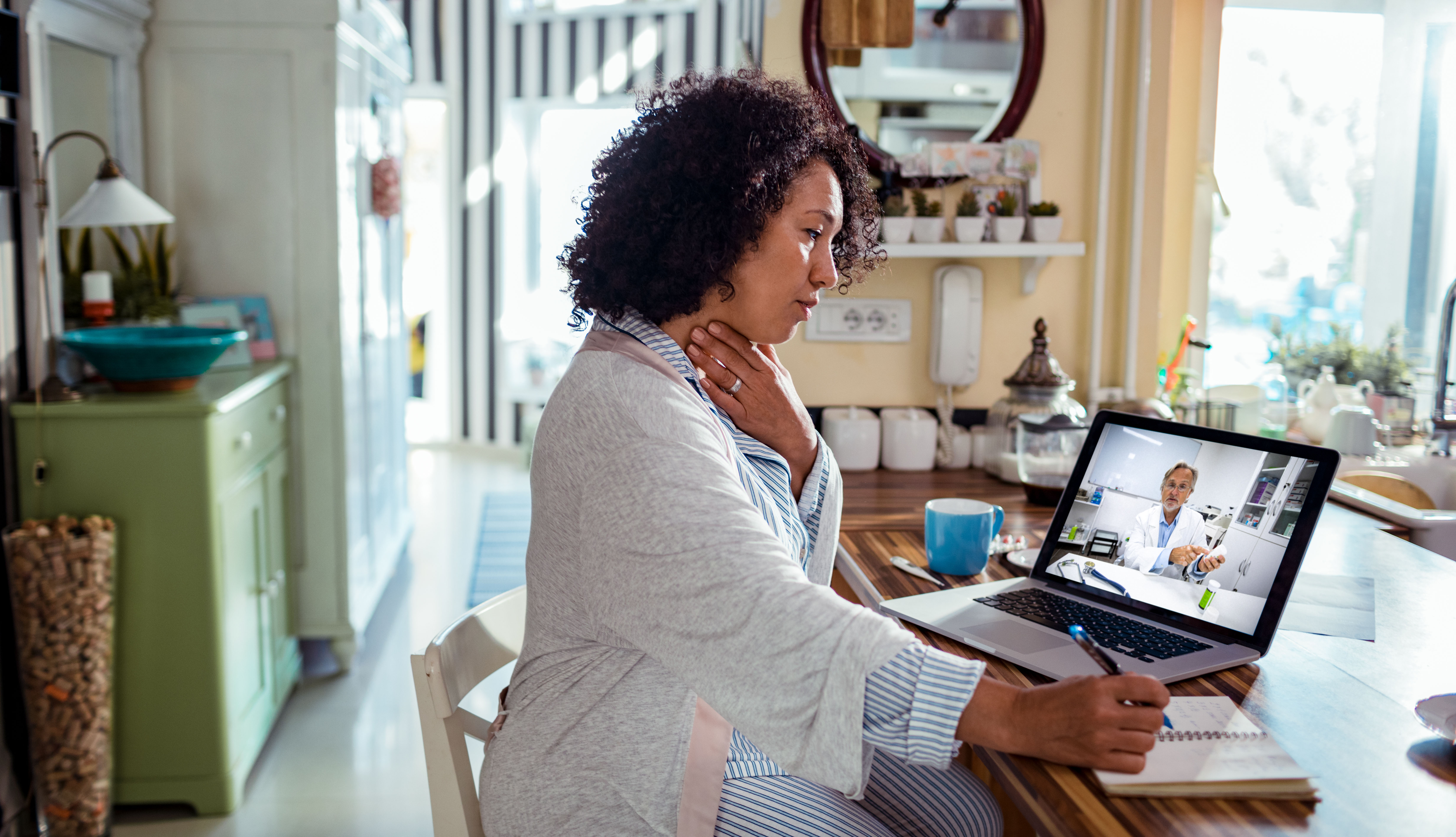
3 ways telehealth can improve rural medical care
- Select a language for the TTS:
- UK English Female
- UK English Male
- US English Female
- US English Male
- Australian Female
- Australian Male
- Language selected: (auto detect) - EN
Play all audios:

What’s more, rural hospitals and clinics can use telehealth to connect with specialists to provide rapid care in situations when time is of the essence and transferring a patient isn’t an
option. For example, a team of neurologists can connect over video with emergency medicine doctors in a distant location to help quickly diagnose and treat a stroke, thereby reducing risk of
widespread damage and long-term disability. TELEHEALTH ISN’T THE ONLY ANSWER TO RURAL HEALTH CHALLENGES While telehealth can increase access to life-saving care — and make getting that
care more convenient — it isn’t a “silver bullet” for solving all of rural America’s issues, Gibbens says. For starters, about one-fifth of rural adults don’t have access to high-speed
internet, AARP’s report found, and rural adults age 70 or older with lower incomes and poorer health are least likely to have access to it. Beyond that, “not everybody even has access to a
library that would have computers,” says Teresa Keenan, director of health and health security research at AARP. “If you don't have access to a computer at home and you don't have
access to a computer in your community, telehealth isn't going to be the answer for you,” she says. What’s more, a significant share of AARP’s survey respondents aren’t sure if their
doctor offers telehealth or if their insurance covers it. While geographic restrictions and reimbursement requirements for telehealth have been relaxed during COVID, “the question would be
whether that continues if we ever get to the other side of the pandemic,” Keenan says. Reverting to pre-pandemic regulations could make it more difficult for patients and providers in rural
areas to connect with specialists in the first place. Other barriers to telehealth include concern over confidentiality and medical errors, AARP’s report found. Furthermore, a number of
survey respondents (about 40 percent) expressed skepticism that their health issues can even be resolved virtually. It’s unlikely that telehealth will ever trump in-person care, Chandra
says. Rather, he sees the use of phone, video and other technologies as a bridge to connect gaps in the system. “I think they can both work together to bring the best outcome for the
patient,” he says. Gibbens adds, “I don't believe there's one single answer that solves everything, but I do really think telemedicine is a significant step and has a major impact
on health and health access.” What You Need to Know About Telehealth
